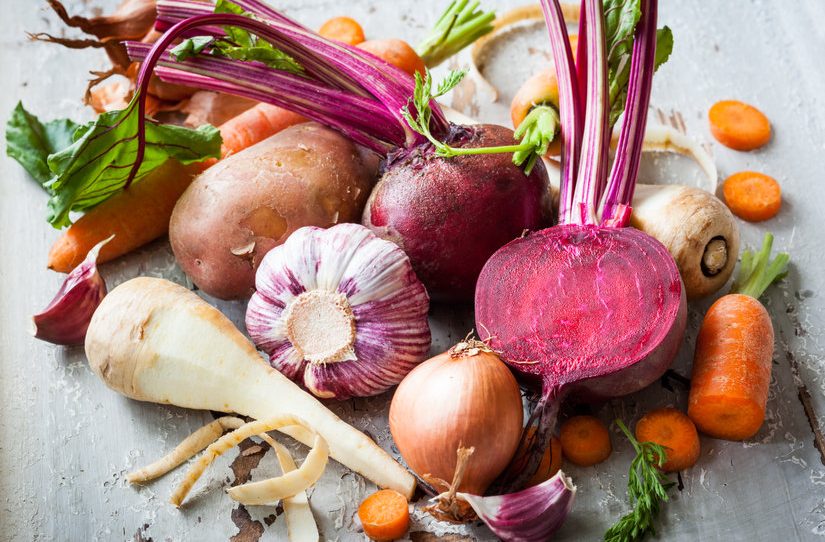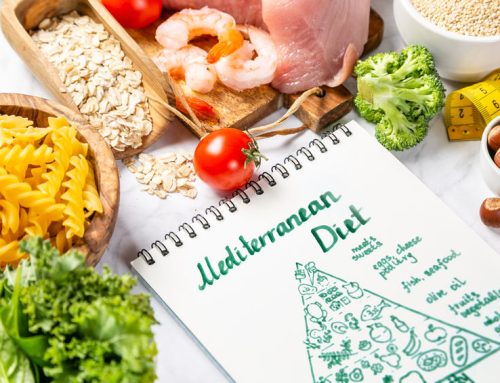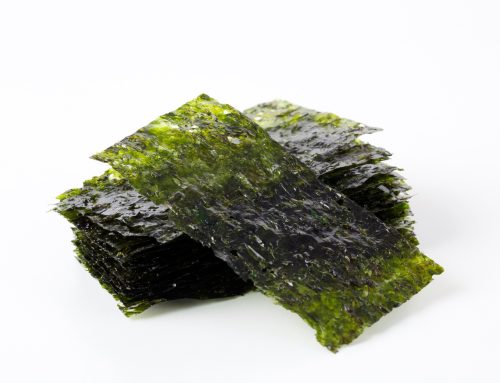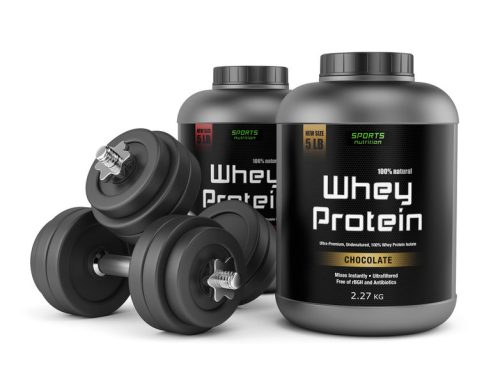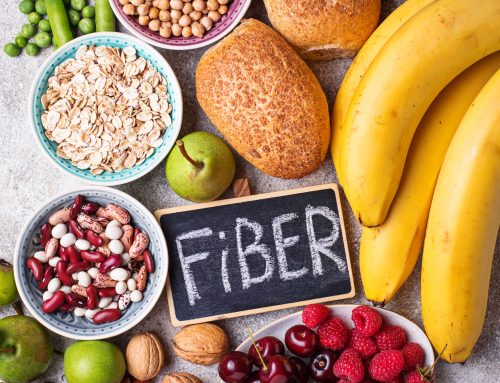Are root vegetables good for you? You may not be sure what qualifies as a root vegetable or you may not want to eat them because they’re starchy. Please reconsider.
Root vegetables, which get their name because they grow beneath the ground, have a lot to offer in the way of nutrition, are in season when other offerings are sparse, and tend to have a longer shelf life than other produce, according to data from the U.S. Department of Agriculture (USDA).
Are Root Vegetables Good for You?
Because root vegetables are parts of plants that develop to store necessary nutrients, they’re packed with beneficial vitamins and health-promoting compounds such as antioxidants, reports Harvard Health. It’s true that root vegetables do tend to be higher in carbs than leafy greens, which often excludes them from eating plans like the keto diet, but that doesn’t mean they can’t be a delicious and nutritious addition to any healthy diet.
Additionally, root veggies are generally high in fiber, with many varieties (including fennel and Jerusalem artichokes) containing prebiotic fiber, which aids the growth of healthy bacteria in the gut. This may help ward off colon cancer and some inflammatory diseases, according to Australia’s Monash University.
Diversifying the kinds of root vegetables you eat will help you net a wider variety of nutrients, so if carrots, beets, and potatoes are your go-tos, you’ll want to consider these other six root vegetables that you’re missing out on.
Parsnips
These cream-colored cousins of carrots certainly don’t pale in comparison when it comes to nutrition. One cup of parsnip slices contains 6.5 grams (g) of fiber, according to the USDA in addition to other valuable nutrients such as vitamin C and potassium. Like carrots, parsnips are naturally sweet but have a distinct, nutty flavor that lends itself to a variety of dishes, including these “fries.”
Fennel
This bulbous vegetable, an excellent source of fiber, potassium, and vitamin C, per the USDA, is entirely edible, but its herbaceous green fronds are used quite differently than its crunchy white base, and have a slightly more delicate flavor as well. That flavor, like mild black licorice, is fennel’s calling card, whether raw or cooked. Here, it pairs nicely with kumquats, another unique seasonal ingredient that add a citrus zing to this slice-and-serve salad. You may be able to find kumquats in your grocery store or in a specialty store, but, if not, peeled clementine sections will stand in for them.
Sunchokes
If you’ve never tried a sunchoke (sometimes called a Jerusalem artichoke), you’re in for a treat — and so is your microbiome. Light and crisp, this vegetable adds a delicious crunch to any salad and is an especially good source of prebiotic fiber, according to Monash University. That means that it feeds the healthy microbes that already live in your body and can help them to flourish leaving you feeling healthier in the long run according to Harvard School of Public Health. Plus, it couldn’t be easier to add to meals: Simply slice and enjoy.
Jicama
Similar in texture and ease of preparation to sunchokes, jicama (pronounced HEE-kah-mah) is native to Mexico, and a boon to any healthy diet. One cup sliced has nearly 6 g of fiber, according to USDA data. There has even been some research done in mice, published in June 2015 in Preventive Nutrition and Food Science, that suggested that the inulin (a specific type of fiber) in jicama may help lower blood sugar levels. Jicama has a very mild flavor, which can be complemented by any dressing or other ingredients you choose to enjoy it with. Here, a cilantro-lime dressing pulls both of these ingredients together into a crispy and nutritious salad.
Celeriac
Don’t let this lumpy brown root veggie’s appearance put you off — celeriac, or celery root (because it is literally the root of the celery plant), is a good source of vitamins B6 and C and an excellent source of vitamin K, per the USDA. It’s got a similar mild flavor to celery and can be used many ways — which it good, since at roughly the size of a grapefruit, there’s a lot to go around. Celeriac adds nice crunchy to salads when raw, or you can cook it and add to soups, stews, or roasted veggie medleys.
Kohlrabi
This member of the cabbage family may look a little strange, with a squat bulb topped by broccoli-like stems, but it’s surprisingly easy to cook and enjoy. Sometimes called German turnip, kohlrabi’s thick light green or purple skin hides a creamy white flesh that tastes like a milder version of cauliflower. According to the USDA, kohlrabi packs a powerful punch of vitamin C, which can help you meet your daily quota of this essential, immune-boosting nutrient, per a study published in November 2017 in Nutrients. Try this simple and simply delicious recipe for roasted kohlrabi as a perfect introduction to the vegetable.
Click here for more on are root vegetables good for you.


